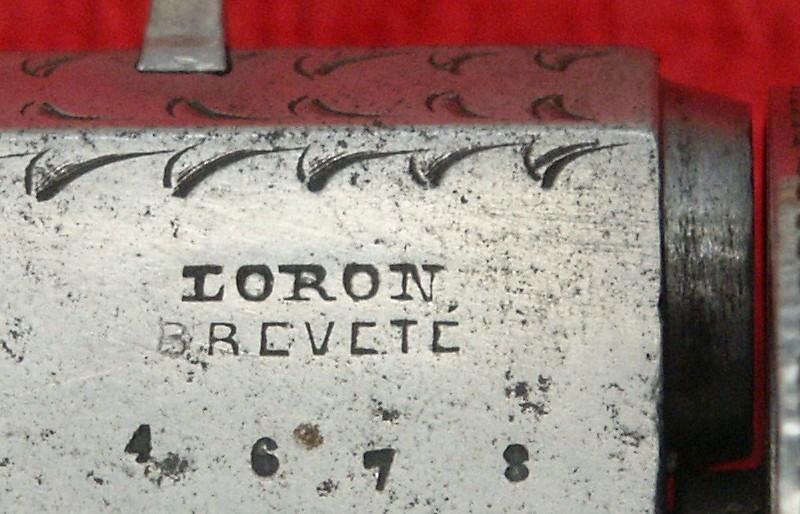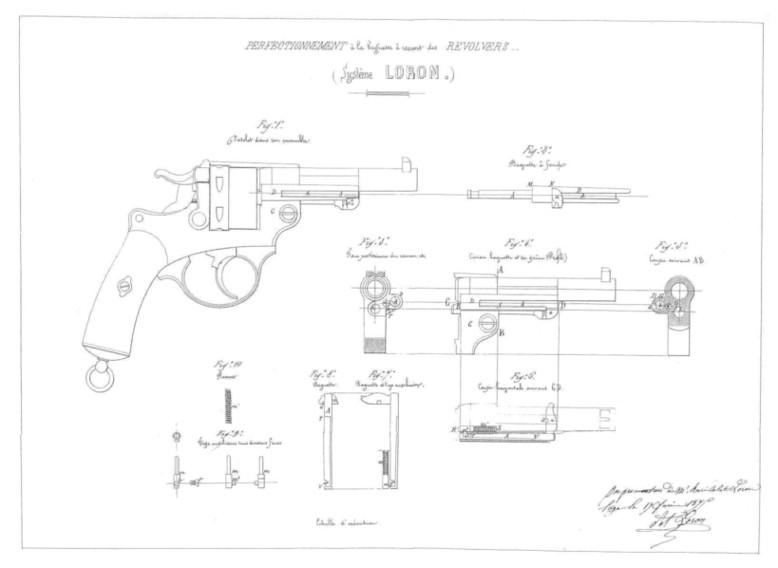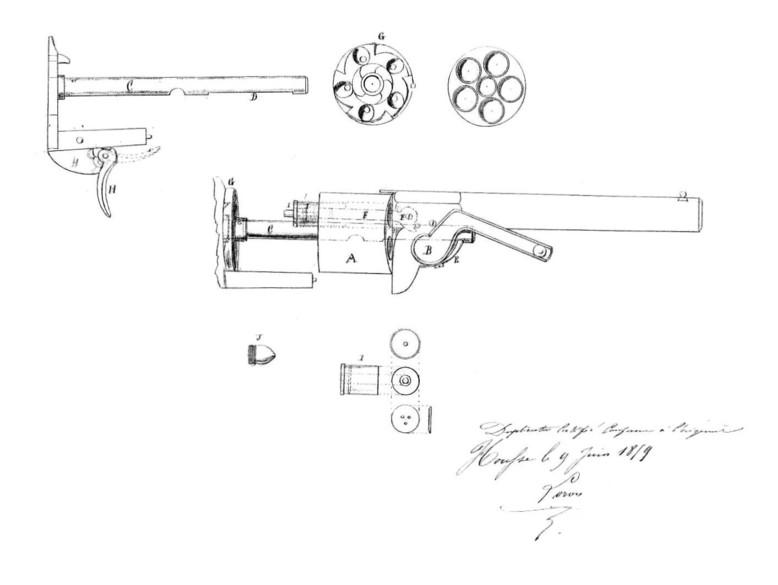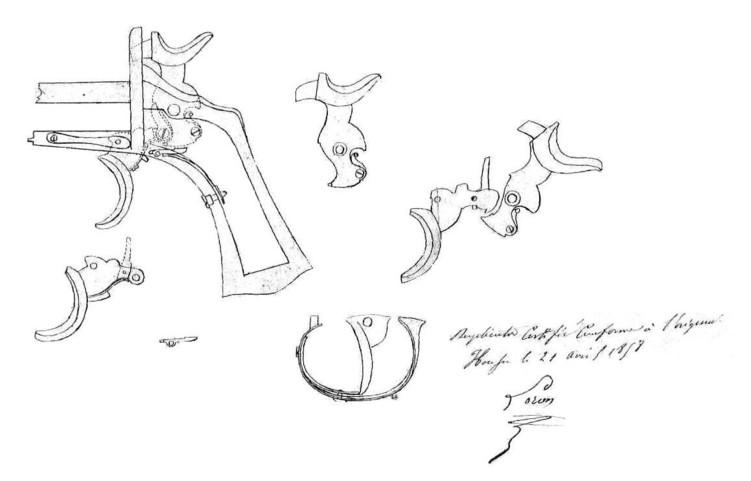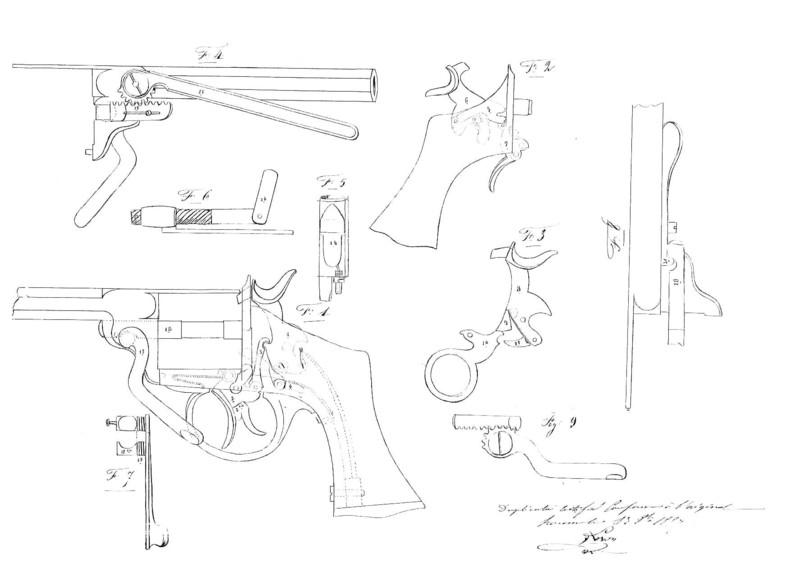Some of the most beautiful work of this craftsman, and many others, are in this book “Liège Gunmakers through their Work. 1800 - 1950”.
For more detail see: LIEGE GUNMAKERS
Loron Pierre Antoine
This is a revolver with central percussion. The barrel is smooth and the number
of rooms is not visible in the photos. This barrel is decorated with foliage
inserts (fine gold?). The barrel is
apparently 8-sided?
The trigger is curved in an oval bridge. The grips is apparently made of bone or
ivory with central fixing screw to ears, it ends with a cap ring.
The weapon bears the hallmarks of the Liège proofhouse, namely:
ELG* in a vertical oval: definitive acceptance from 1846
to 1893.
G crowned: countermark of the controller in use from 1853
to 1877.
The weapon is marked
Loron P.A. & Gaupillat E.. It is the Cherattois armourer (Liège)
Pierre Antoine Loron author of 13
armourer patents from 1847 to 1863.
This gun is the subject of patent n° 27 022 dated
04.02.1870 for a cartridge extractor applicable to Lefaucheux cartridges or
central fire guns. The patent is attached.
Gaupillat Ernest, meanwhile, is the well-known French munitionaire who
collaborated for a time with Loron.
The gun also bears the number 233 struck on the carcass,
most likely the numbering.
GG
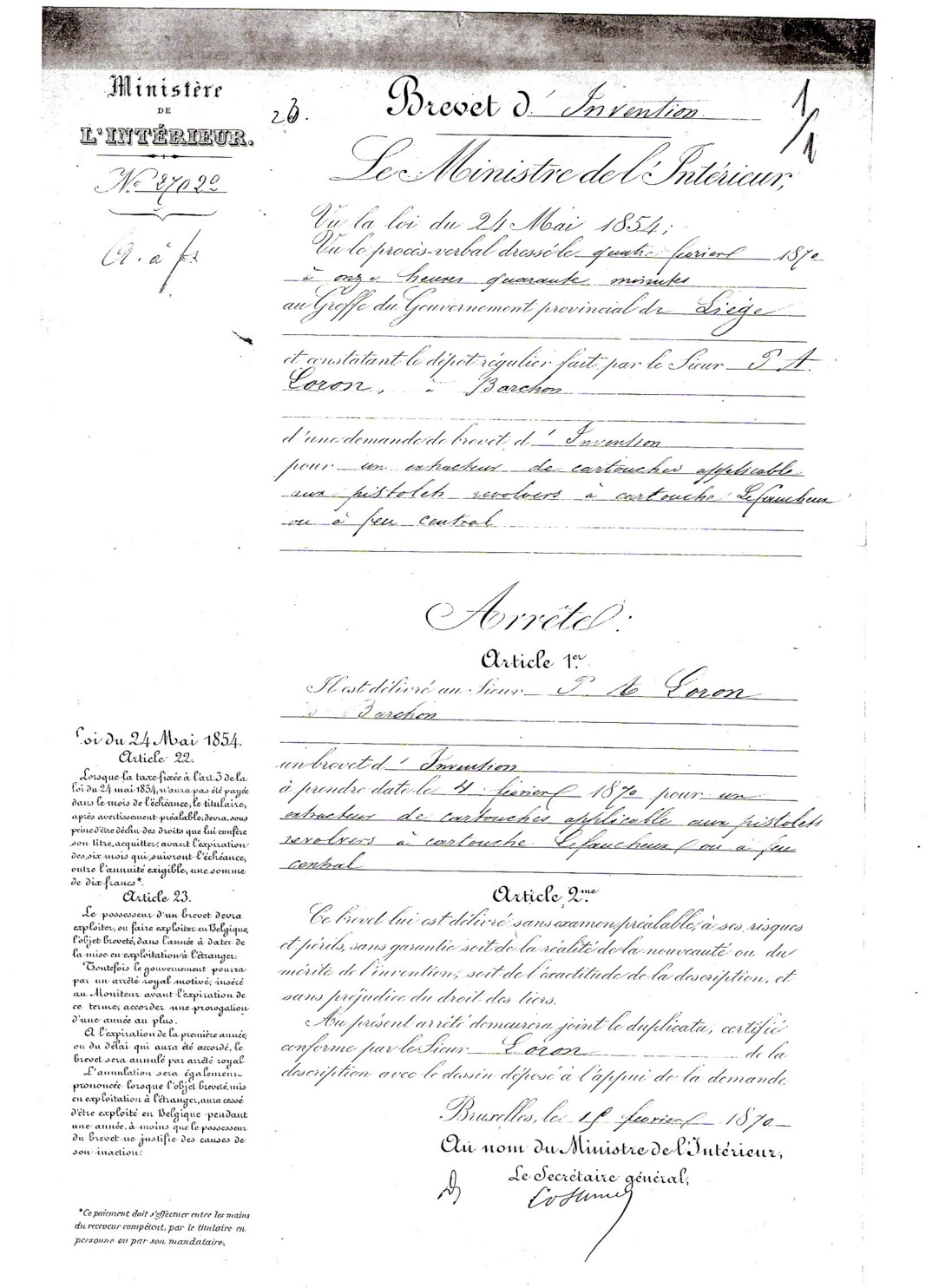
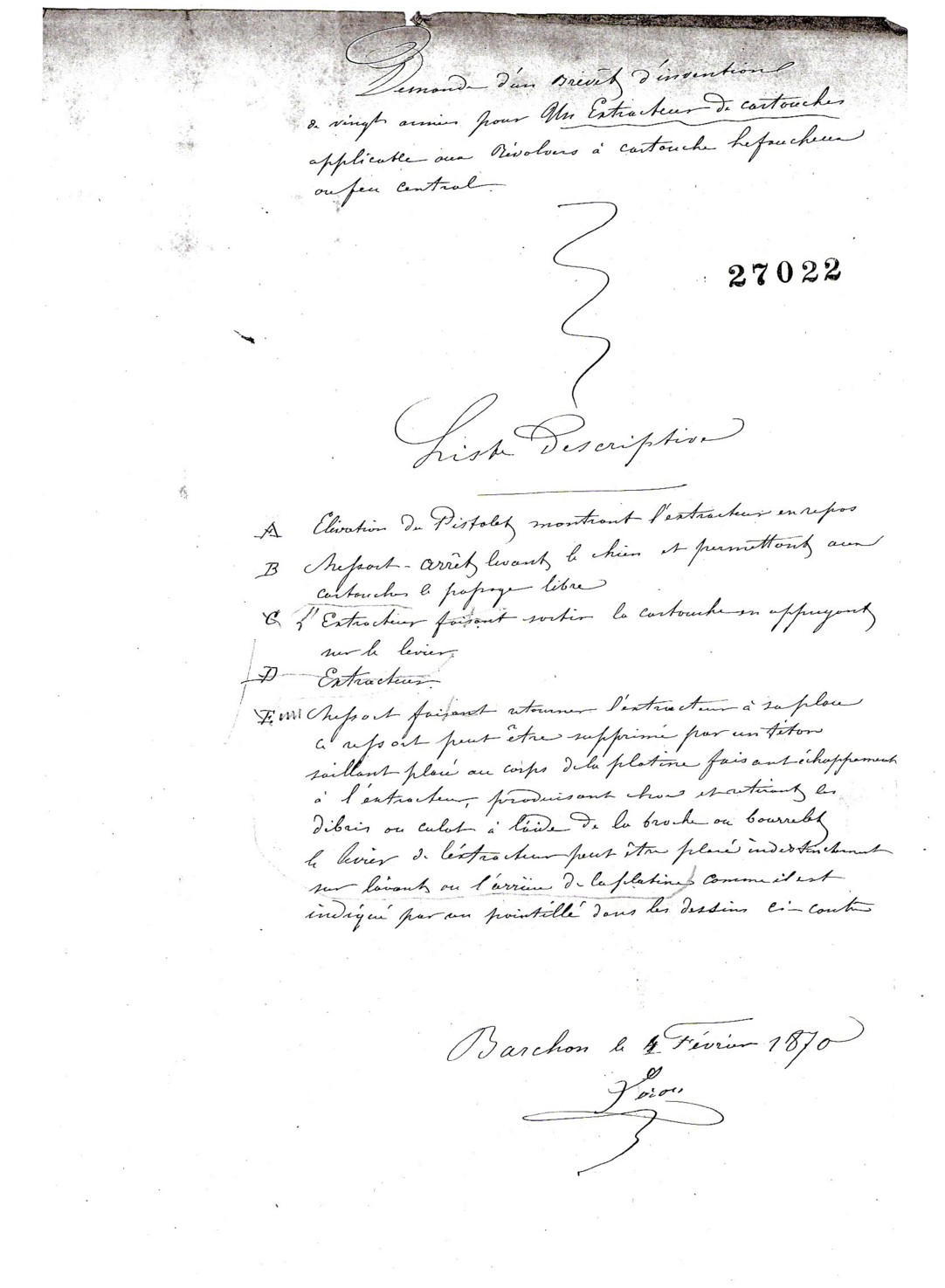
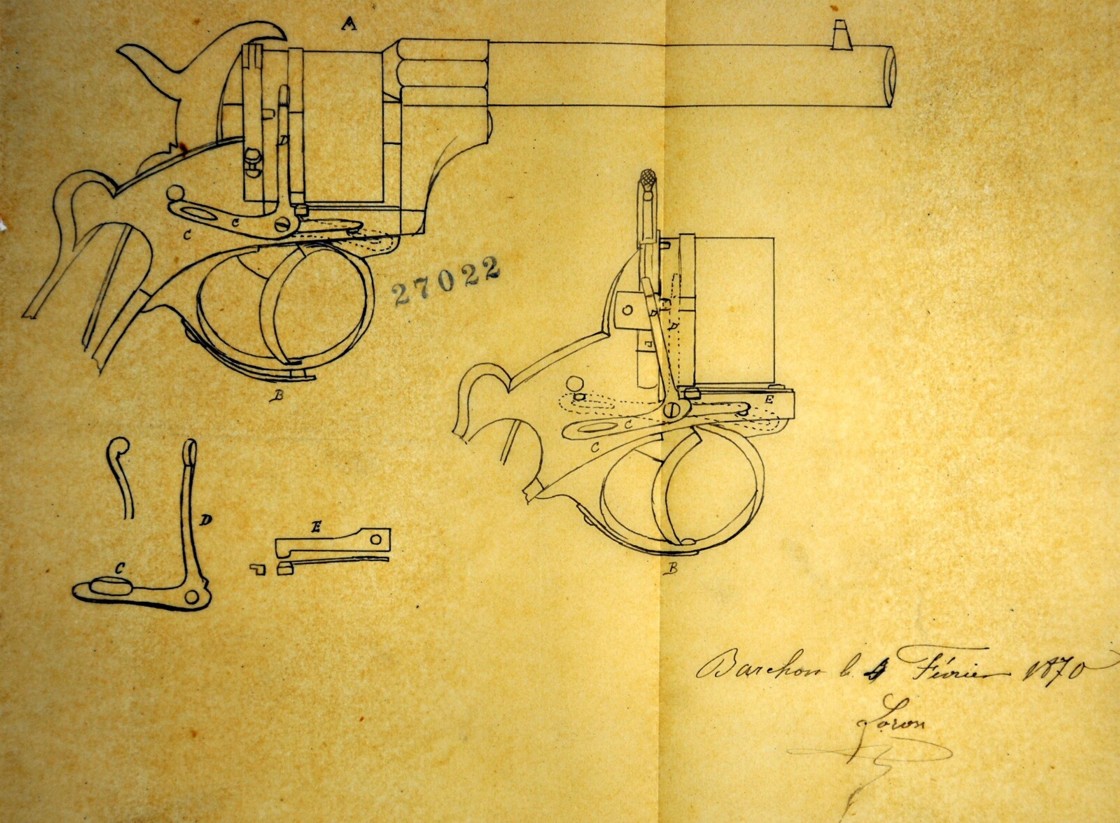
Loron Pierre Antoine
Modèle à vocation militaire de calibre 12 mm.
Fabrication liégeoise : poinçons ELG couronné et G couronné.
Mention du côté gauche de la console à l’issue du canon : Loron Breveté et matricule 3528 – au-dessous G couronné
De la part de
Gribeauval
Loron Pierre Antoine
Loron
pistol according to patent of 1850 and addition of 30 April 1853.
Caliber 7mm.
Gilles
Loron Pierre Antoine
Rue des bons enfants, 24 in Versailles. Originating from Cheratte – Liege
One owes him a rifle hammerless, patented on January 4, 1847 and one gun of living room (patent of August 18, 1854) - joined Belgium in 1856 when it deposits 11 patents until 1880. His son Calixte Henri, born in Versailles in 1843, after his training with Cheratte, continues his formation to “Saint Etienne”. He is established in this city where he signs his achievements "Loron & Co". It married in 1872. It seems that the son marketed the weapons of his father in France. In 1865 Pierre Antoine Loron brevette his new pin revolver in Liege.
GG
This weapon measures 355mm length, it is in calibre .25 and weighs 850 grams.
It functions according to the patent of 1854 of Pierre Antoine Loron thanks to self-propelled balls manufactured by Gaupillat (from where marking “Loron & G” of the barrel).
The photographs of the mechanism make it possible to see the 3 holes of the mobile room:
- With the front one positions the complete ammunition, starts at the bottom of the cavity
-It back hole allows the needle (which one sees in back position on the photograph) to reach the base of the self-propelled ball.
-It lower hole emerges transversely in the room and allows the second needle fixed and fixed in the bottom of the trunk to slightly come to be inserted in the side of the ball, thus preventing it from advancing under the blow of the needle of percussion.
The advantage of the Loron-Gaupillat system comes from its absence of casing and extractor.
Its principal defect was to be the brittleness of the balls.
Its second defect was undoubtedly the weakness of the ammunition, only propelled by fulminate.
But let us not forget that they were “guns of living room” thus of weapons of great luxury, not used solely with the shelter and with calms.
Marc
Thanks very particular to Marc for the superb photographs and the precise technical details!



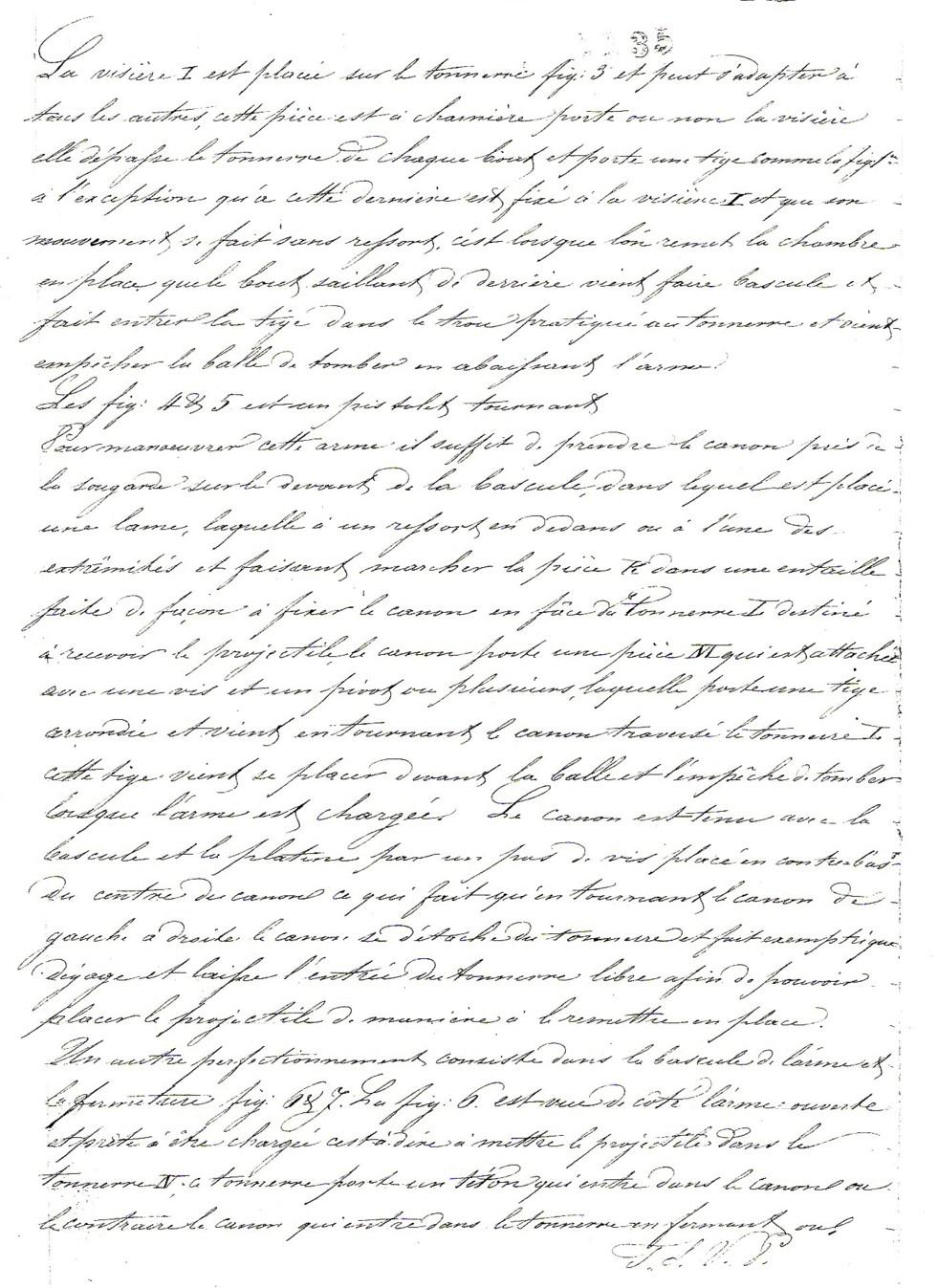
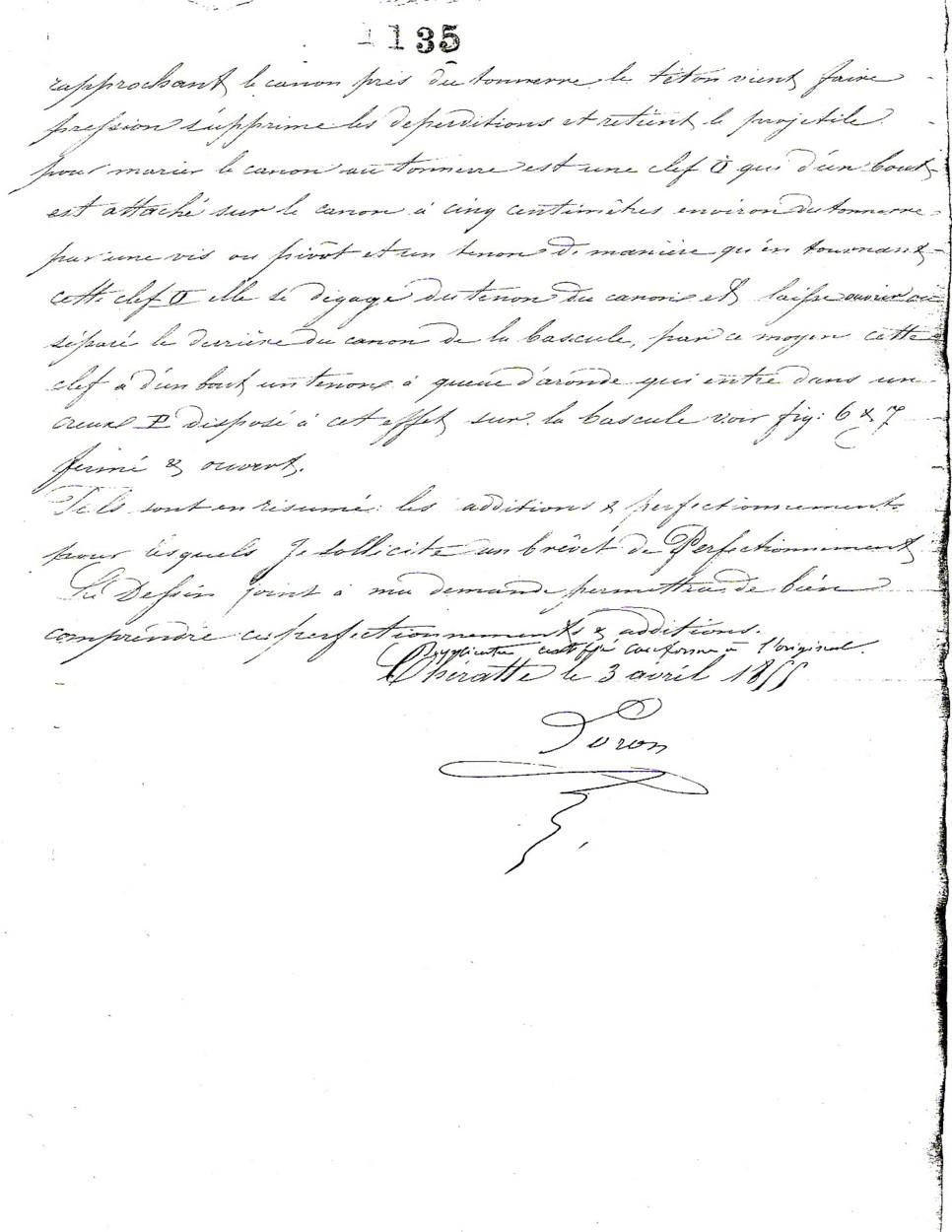
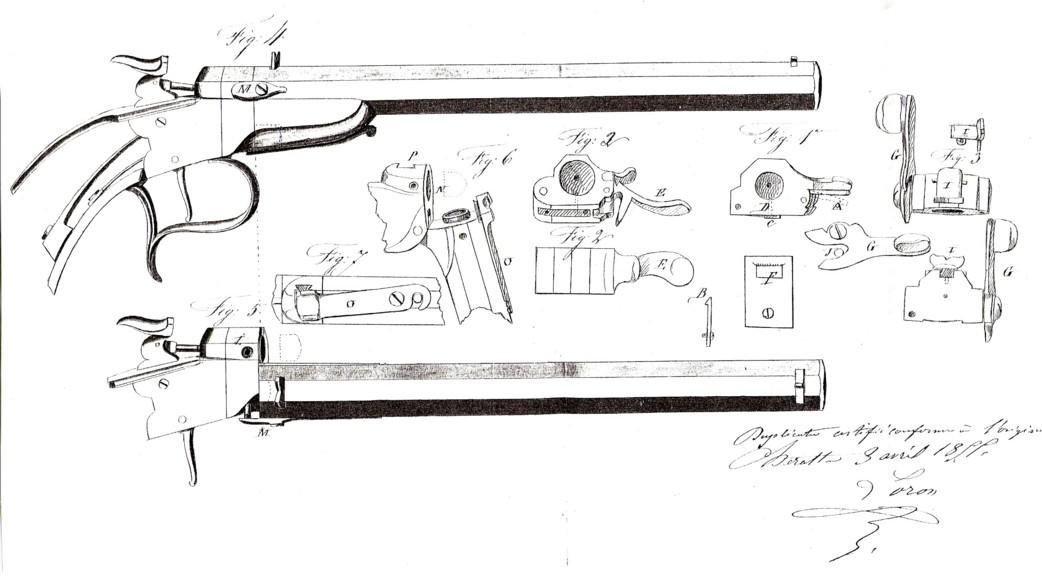

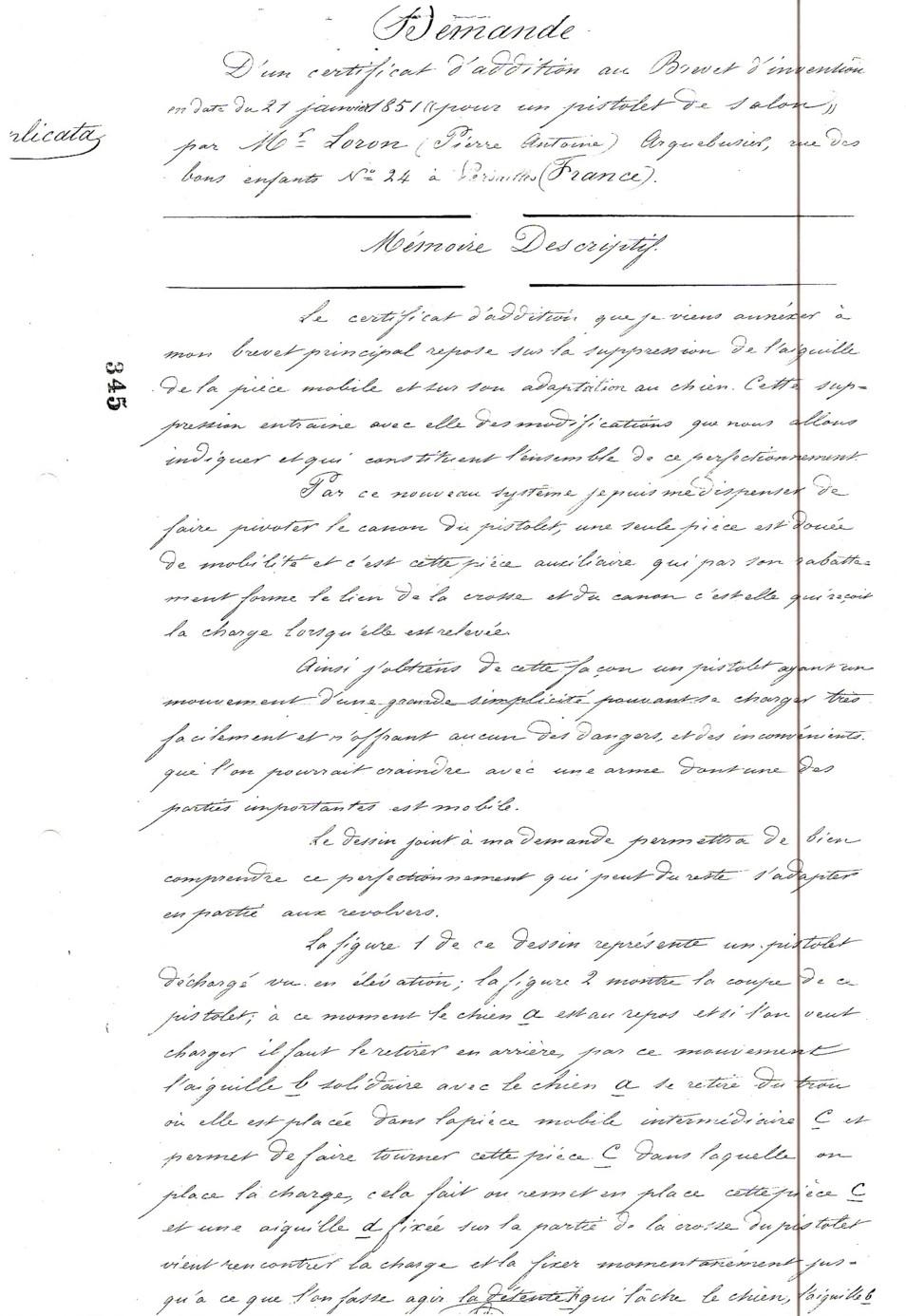
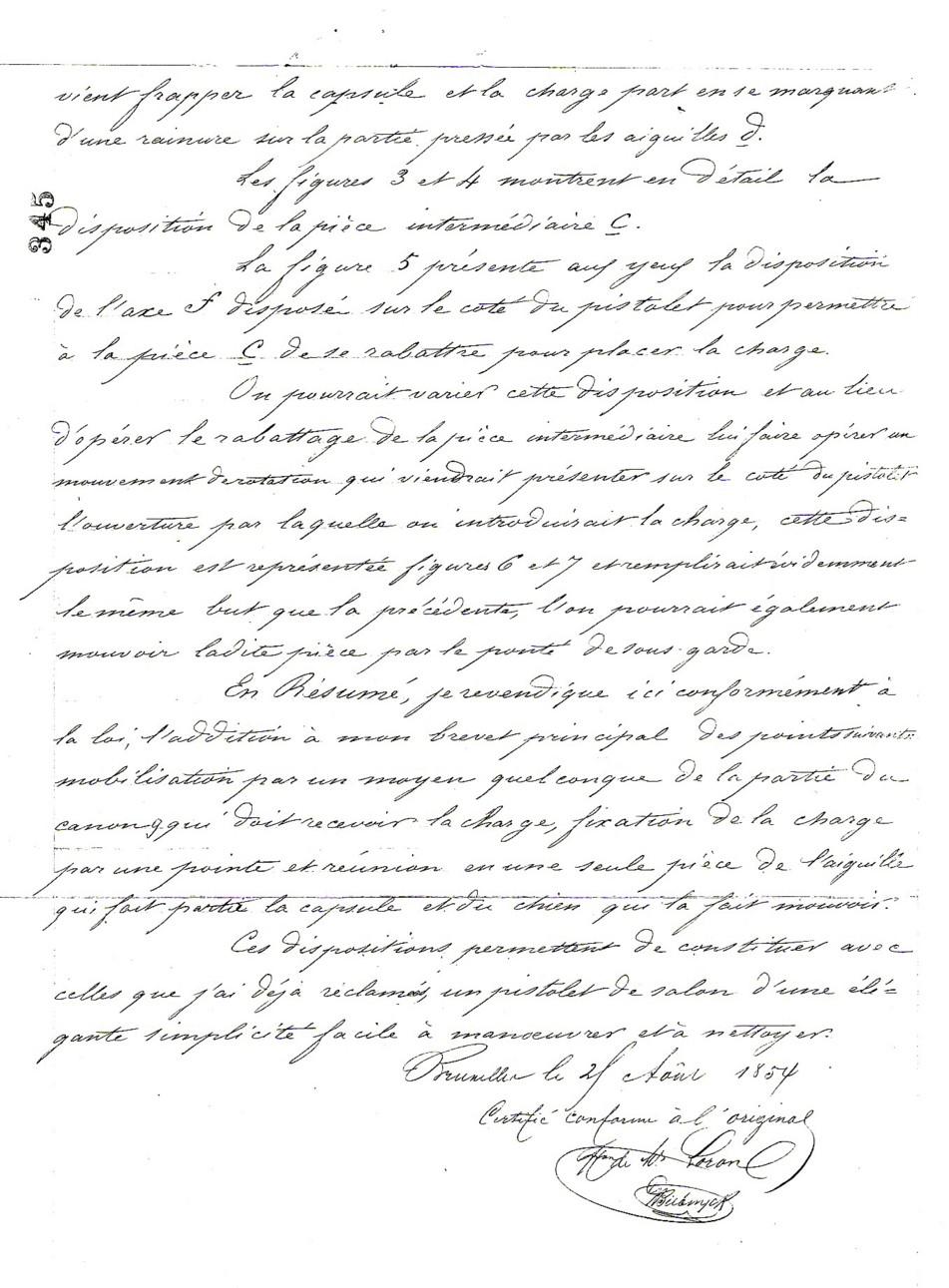
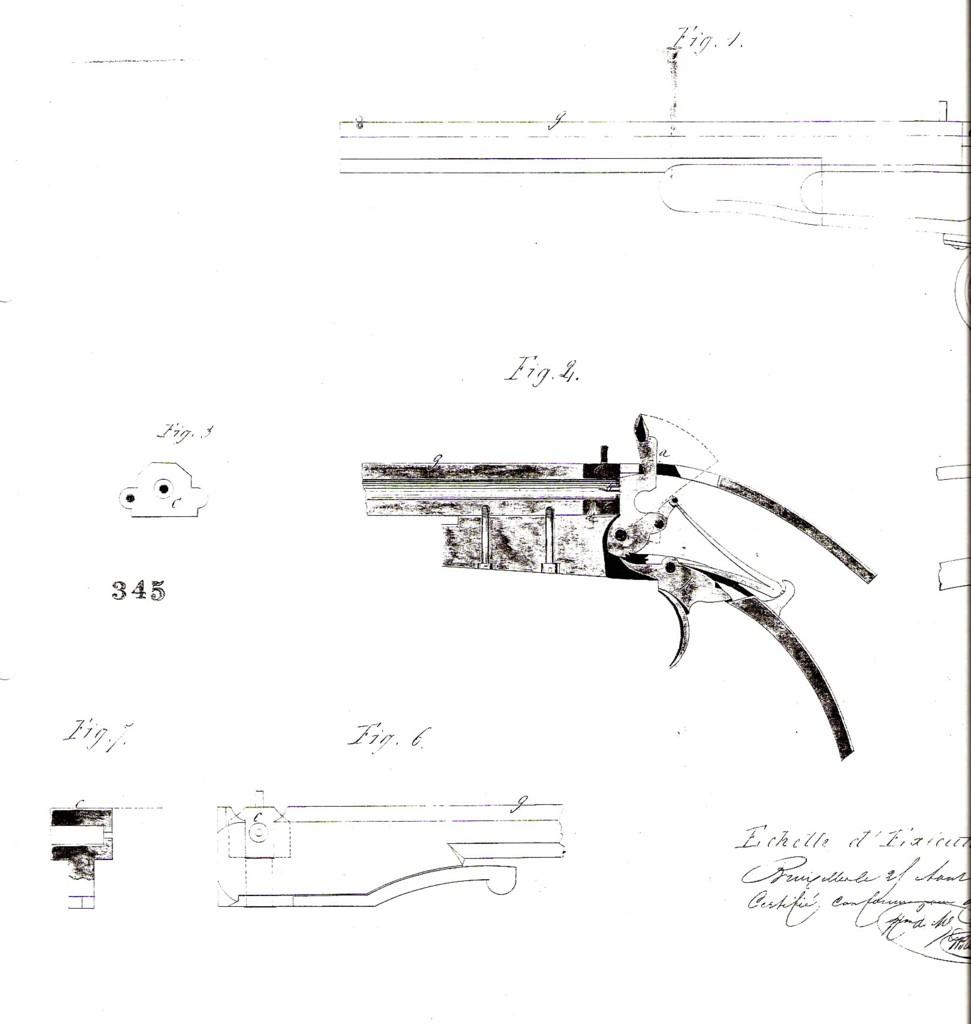
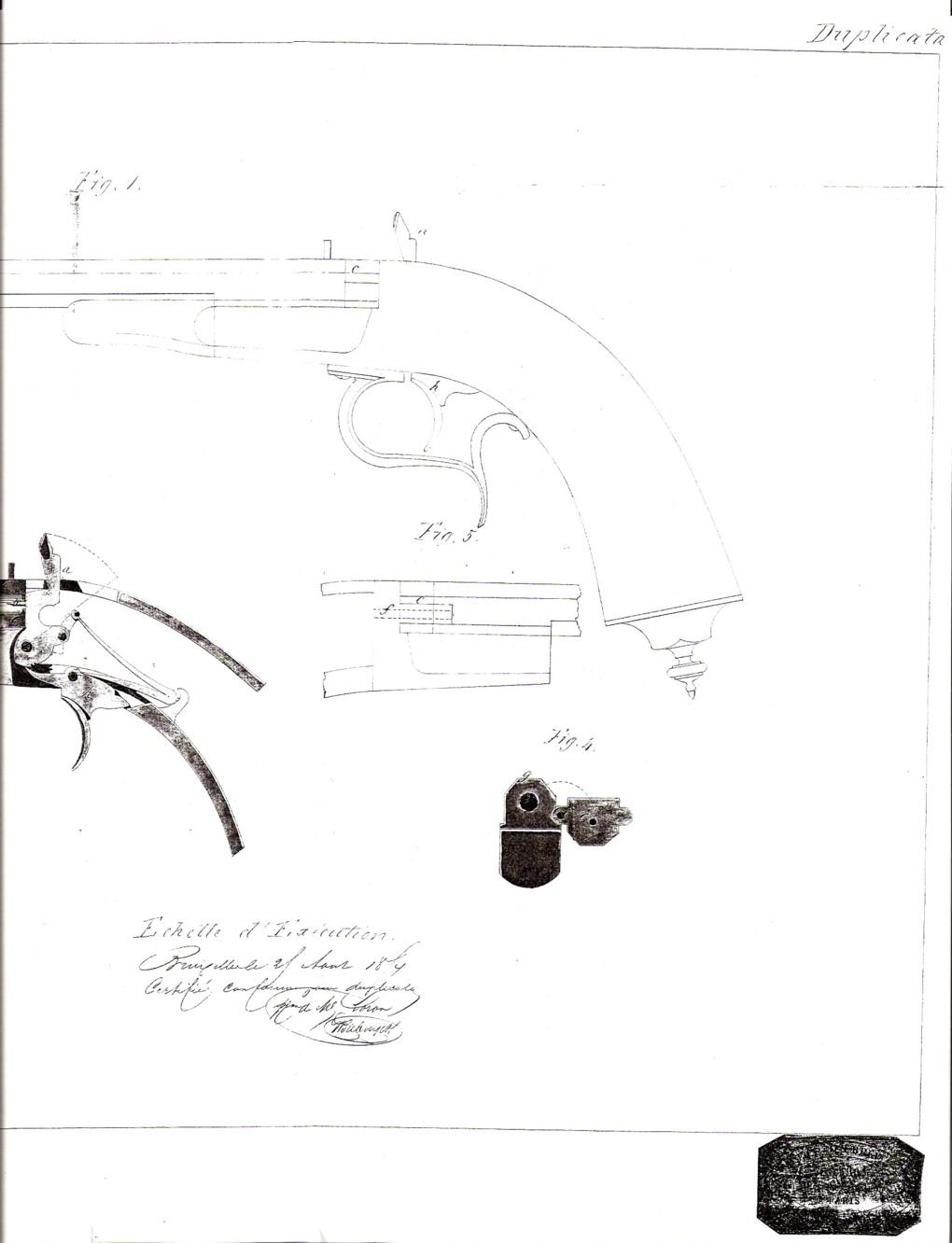
LORON
These two open framework and pin revolvers are reconversions of same system LORON originally to percussion. The absence of trigger guard and probably of gauge differentiates them immediately.
A lever bolt of disassembling placed on the left side of the frame makes it possible to disunite the barrel unit carcass thus allowing a faster unloading/recharging, the access to the cylinder being much easier
The lever bolt can also act as extractor for the cases inflated by the deflagration.
The capacity of the barrel is of 6 shots and the range of the calibers goes from 7 to 12 mm.
This same revolver was also produced provided with the double action, it is recognized by the absence of peak on the dog.
The grip is finely squared, this grip goes up very high and hold place of plate of covering of the mechanism.
Thanks to the particular shape of this grip the catch in hand is very good.
Entirely polished white, it is finely engraved on the carcass, the console and the barrel.
It carries the punches of tests of Liege, namely:
Spangled ELG in an oval: acceptance of 1846 to 1893.
Y crowned: countermark of the controller of 1853 to 1877.
The console is marked LORON BREVETE
The model with pin meets more often than the model with piston
GG
That's the second
